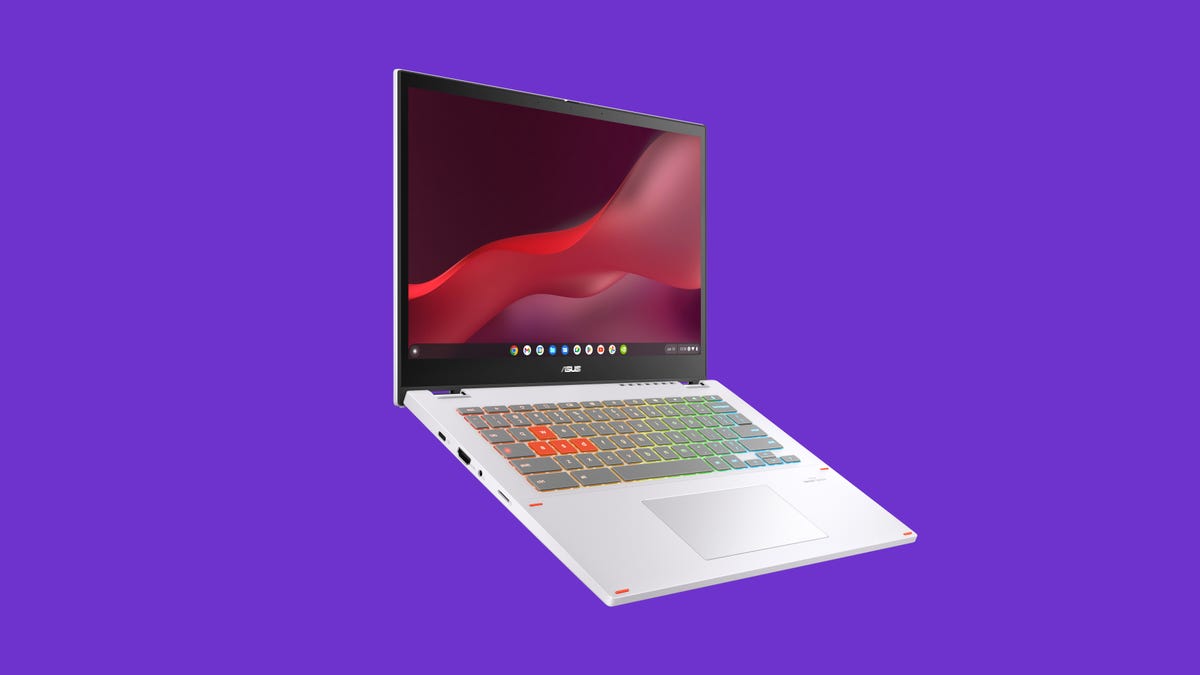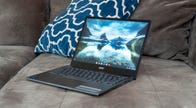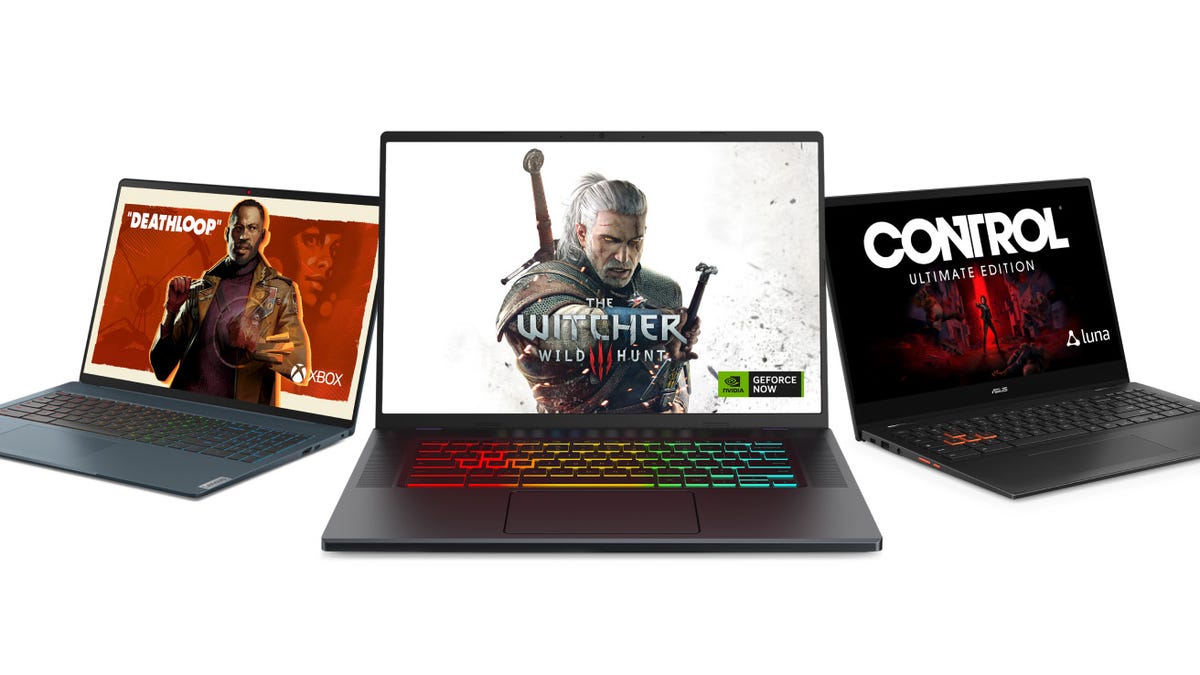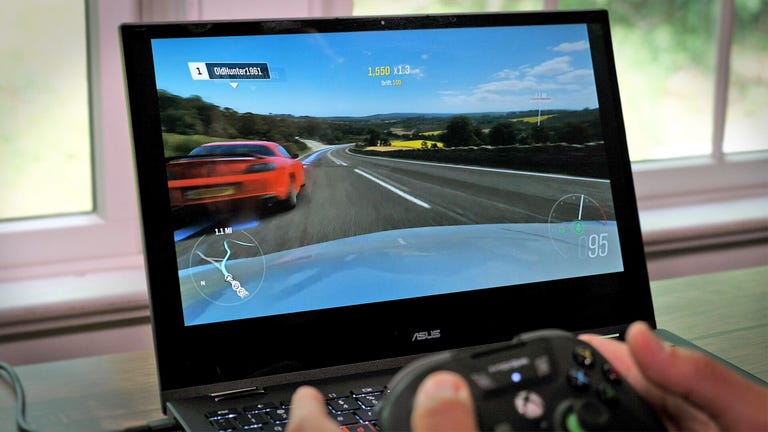
Really, a Chromebook is probably all you need.
Chromebooks, or laptops that run on Google’s ChromeOS, have been around for more than a decade and have gone from basic internet appliances to excellent laptops for personal or professional use. Their user-friendly nature makes them a good option for schools, businesses and for people who are less tech-savvy.


But a lot of negative ideas about Chromebooks have circulated over the last 10 years too, including the fallacy that you can’t use them offline and that the devices are underpowered. Some of these critiques may have been true when Chromebooks were first released, but they have since been corrected or improved upon.
Here are eight Chromebook misconceptions to ignore when looking for a new laptop.
1. Chromebooks are underpowered
This is a common misconception that dates back to the Chromebook’s launch, when it was mainly used for accessing the internet via the Chrome browser. As more people started using Chromebooks, including for school and business, Google increased the functionality of the operating system and Chromebook makers improved their performance to take advantage of new features. Now, like other laptops, you get what you pay for with a Chromebook.
ChromeOS, the Chromebook operating system, still has low hardware requirements, though. This means Chromebooks can provide basic functionality for less money. Despite the low hardware requirements, Chromebooks can perform as well as — and in some cases better than — similarly priced Windows laptops.
“New Windows laptops for $200 are few and far between and, frankly, are rarely worth buying,” CNET’s Joshua Goldman writes. “Finding a good $200 Chromebook, on the other hand, is pretty easy to do… Premium Chromebooks typically start between $400 and $500, but can easily run more than $1,000 depending on your needs.”
The Lenovo Duet 3, for example, is $379, and it can stream videos, run almost any Android app and be used for cloud gaming via Nvidia GeForce Now or Xbox Cloud Gaming. Other premium Chromebooks, like the CNET Editor’s Choice award-winning Acer Chromebook Spin 714, are more expensive, but they can have up to 10 hours of battery life. They can also stream videos and handle productivity apps like Slack with ease.
Why a Chromebook Is Probably All You Need See at Cnet 

2. You can only use Chrome on Chromebooks
It’s understandable — yet incorrect — to think that Chromebooks, which run on ChromeOS, can only use a Chrome browser. You can run other browsers, like Brave and Firefox, on your Chromebook.
To use these browsers, you need to download the apps from the Google Play Store. While those apps are meant for Android phones, they will work on your Chromebook. Some apps have tablet support so they look cleaner and use the additional space on the screen of your Chromebook. Their windows can also be resized just like traditional desktop software.
3. Chromebooks aren’t safe to use
Chromebooks have multiple layers of protection to keep your data safe. For example, you’ll get automatic updates from Google so your device always has the latest patches. Chromebooks also run individual websites and apps in sandboxes to contain threats.
These security features make Chromebooks more secure than many other laptops. According to CVE Details, a security vulnerability datasource, ChromeOS has had about 50 security vulnerabilities since 2010. In comparison, Windows 10 has had almost 3,000 vulnerabilities since 2013.
4. Chromebooks don’t work offline
While the first models were designed to be used online only, Google changed that long ago so that many Chromebook apps will work with or without an internet connection. You can use your Chromebook to take notes, watch movies and listen to music when offline. You can even check and respond to emails or view, edit or create documents in Google Drive. In these cases, whatever emails you are sending or changes you are making to documents won’t go through until you reconnect to the internet.
5. You can’t game on Chromebooks
Years ago you could only play web-based games on your Chromebook but since 2016, you can play many of the games in the Google Play Store. That includes games like Roblox and Apex Legends Mobile. You can also play games from Steam, Nvidia’s GeForce Now, Amazon Luna and Xbox Cloud Gaming on your Chromebook.
Google is even selling Chromebooks made for cloud gaming. The Acer Chromebook 516 GE, Asus Chromebook Vibe CX55 Flip and Lenovo Ideapad Gaming Chromebook are the first three gaming Chromebooks that let anyone play AAA computer games without a high-end gaming PC using cloud services.


Lenovo, Acer and Asus (left to right) are the first three Chromebooks built for gaming.
6. Chromebooks aren’t good for photo or video editing
For basic editing, the Google Play Store has a number of photo and video editing apps, including Adobe’s Android apps and LumaFusion, which are Chromebook-compatible. Google also unveiled a new video editor and movie maker in Google Photos in July.
If you’re a business professional and need more advanced photo- or video-editing capabilities, like Adobe InDesign or Photoshop, you’ll still want a Windows, Mac or Linux laptop. However, if you are putting together a family photo album or a video for a family reunion, Chromebooks have everything you need.
7. Chromebooks can’t run Microsoft Office
Yes, you can run Microsoft Office on your Chromebook. However, instead of using the software suite made for Windows or MacOS, you’ll use Microsoft’s Office progressive web apps, or PWAs.
PWAs are like the mobile versions of websites, but they give you more features, like offline use and push notifications. There are PWAs for Microsoft Office 365 that work great on Chromebooks. Besides having to download the PWAs, using them is the same as using the web versions of Office 365. Microsoft Office power users might find that Office PWAs aren’t as robust as the desktop software, but the PWAs will likely meet most people’s needs.
8. You can’t use Windows on a Chromebook
This one is half true. While you can’t install Windows onto your Chromebook, you can access the operating system via remote access. You can use remote computer access tools, like Parallels for Chrome or Chrome’s Remote Desktop, to connect your Chromebook to a Windows computer.
Parallels lets you run full-featured Windows applications and is mainly meant for business users. Chrome’s Remote Desktop takes minutes to set up and can be used to access Windows — or Mac — software on your Chromebook. Is this cheating? Maybe, but I won’t tell if you won’t.
For more on Chromebooks, check out these eight Chromebooks for any budget and how to see which Chromebooks are about to expire. You can also check out how to run Windows Office on your Chromebook.

 Watch this: Here’s why a Chromebook might be all the laptop you need 05:26
Watch this: Here’s why a Chromebook might be all the laptop you need 05:26
